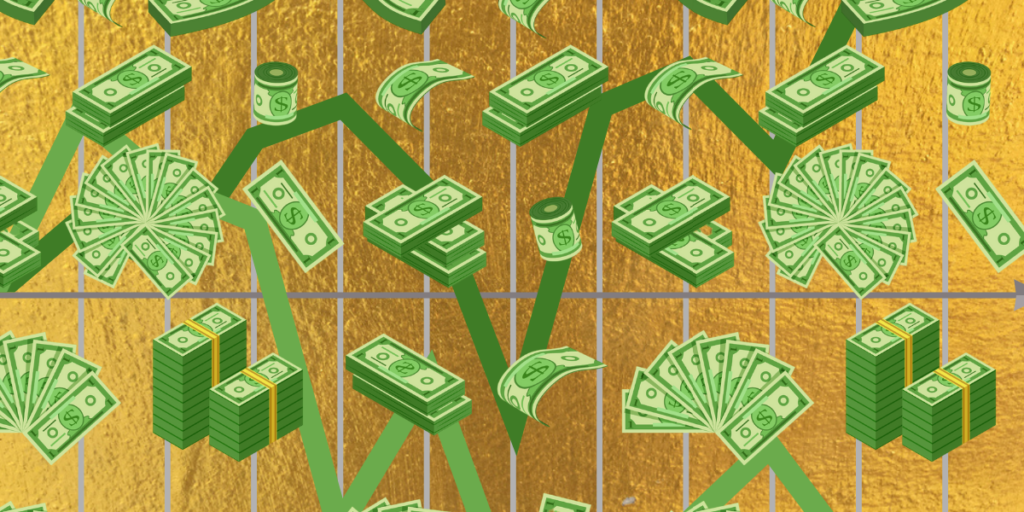A Waste Of Time Or A Gold Mine? Why You Need To Classify Your Spend Data ASAP
Classifying your spend data? A big waste of time, surely … or a crucial step that needs to be taken without delay? The Classification Guru Susan Walsh explains why this needs to happen immediately.

So, picture the scene: it’s budget time and as far as you can see everything is under control, the bottom-line balances out, you’re in the black and life is good. But, are you really getting the full picture? You’ll never know unless you accurately classify your spend data.
You may already be thinking about it; or can’t justify the time or resources; or it might be something that you think is just a complete waste of time or money. Let me tell you why it isn’t, and you should have your spend data classified as soon as possible…
First things first, there’s that full picture I mentioned. If you’re only using your General Ledger codes, I can guarantee that they are wrong! Now, I know that’s a bold claim, but it is based on years of experience of working with GL codes. More often than not they’re used by people who don’t necessarily understand or know what they’re logging or the importance of accuracy. The result? Items logged under random GL codes.
Now, have a think about your department budgets: Karen in marketing’s maxed hers out, but she’s just placed an order for 5000 new leaflets to be printed. How? In my experience, it’s been snuck into someone else’s budget. Think about marketing and sales, would an order for 5000 leaflets really look out of place in a sales budget? Probably not, unless you look a bit closer. And this means you’re not really getting a true picture of what’s going on at ground level or what you might need for specific areas of your business. You can’t increase the marketing budget if you don’t know they’re spending it all.
We also, unfortunately, need to mention the possibility of fraud or embezzlement. It’s not pleasant to talk about and no one wants to think the worst of their staff or suppliers, but it can and does happen. Someone may have tried to mislead or take advantage of you in some way and if the spend data is messy or they’ve been clever it can be very difficult to spot. This is why it is also a very good idea to have an external party look over it, because then nobody has a vested interest in hiding what’s in the data – they’re just classifying it!
Now, I’m not saying it is a quick and simple process, good classification can take weeks and weeks … and weeks! But it’s worth the wait when you get back your brand new, shiny data set with all this new and organised information. Then you’ll probably say to me, what do I do with this now?
Well, the first thing you do is actually look at what you really spend your money on and find out if you could or should be negotiating better rates with your suppliers because the data’s shown you’re actually spending a lot more than you thought you were or have been automatically accepting price increase when there’s much better deals out there!
Then once you’ve done that, you’ll probably want to review your processes because, as I said before, I can almost guarantee something will have been flagged up during the classification process which indicates spend isn’t being accurately logged.
Ultimately, it’s all about saving you money and that’s no bad thing for anybody. Now, more than ever, it is so important you know where your businesses’ money is being spent and I am sure every single person who has their spend data classified will find at least one hidden surprise – like a data Kinder Egg! (Sorry my American friends, they’re not banned in the UK!)
So, although you may be put off by the upfront cost of having your spend data classified, it will save you money in the long run and the benefits to your business are pretty massive.
Susan Walsh is the founder of The Classification Guru, a specialist in spend data classification, supplier normalisation and taxonomies. You can contact her at [email protected] https://www.procurious.com/professionals/susan-walsh